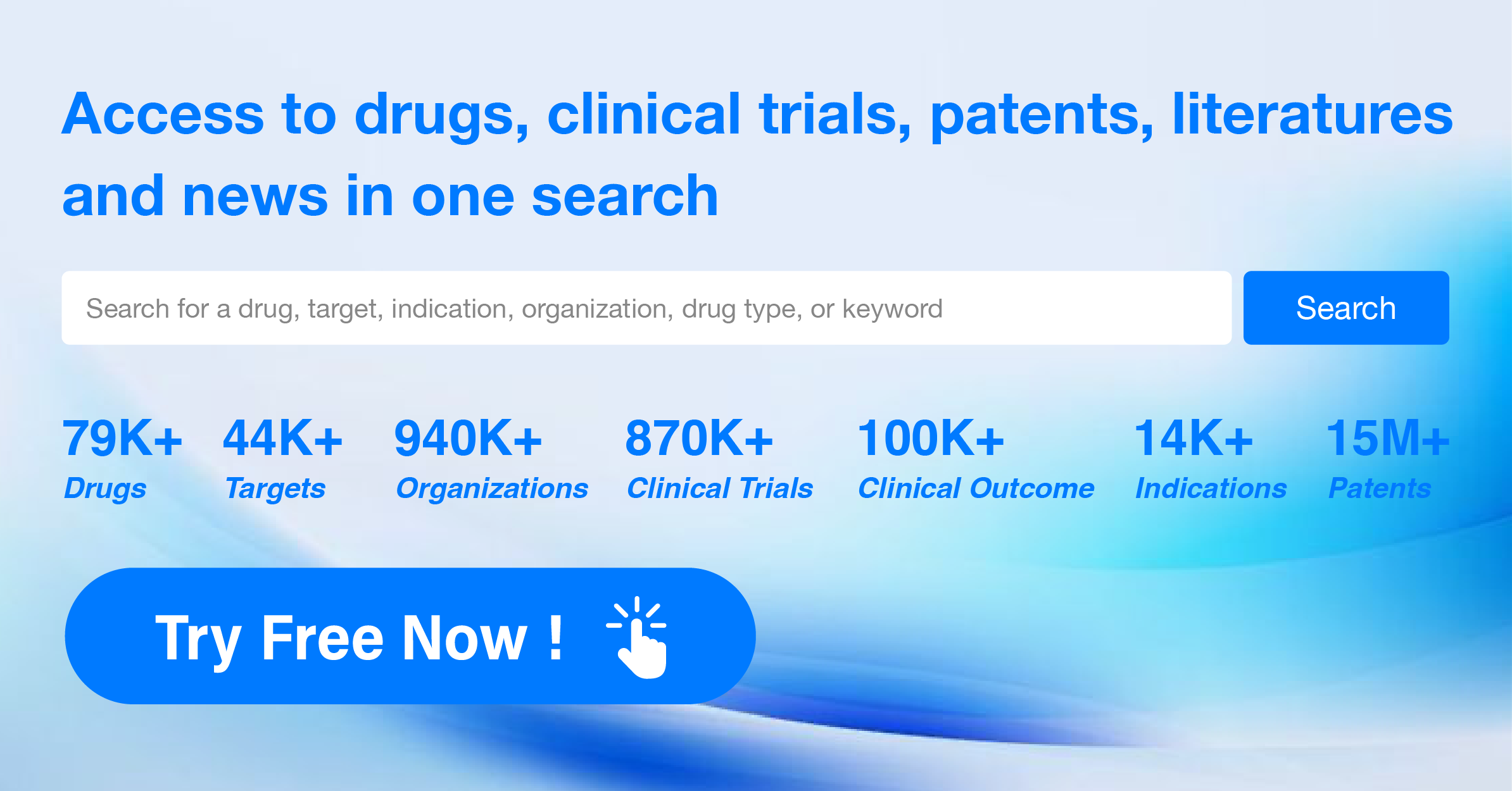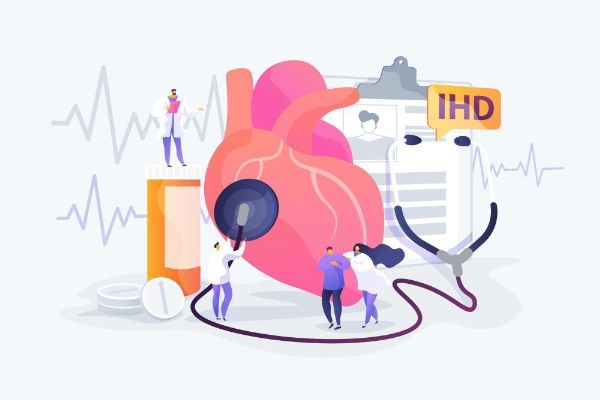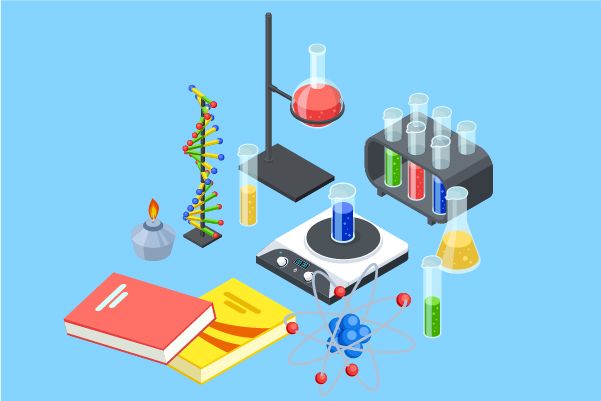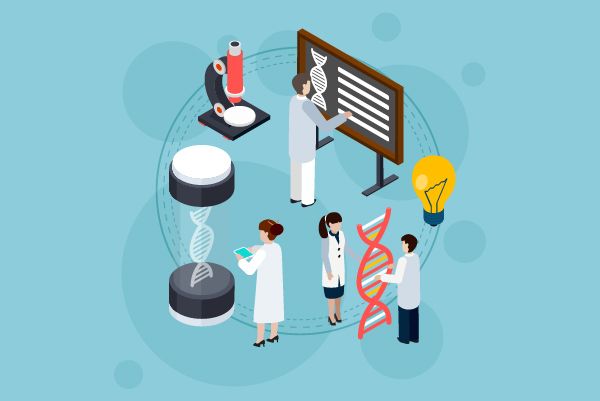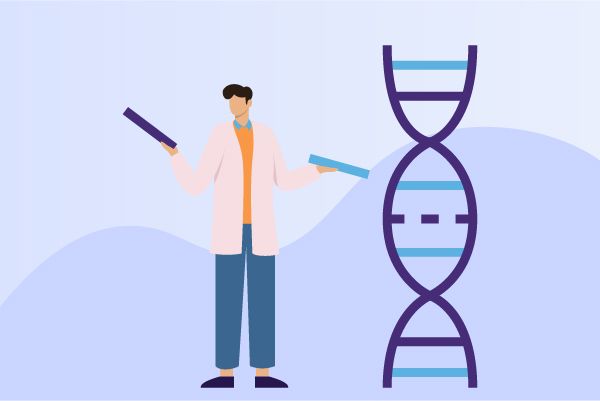What are some advantages of using targeted drug delivery?
Targeted drug delivery has several advantages, including:
1.Improved efficacy: By specifically targeting the affected cells or tissues, the drug can be delivered directly to the site of action, increasing its effectiveness while minimizing side effects on healthy cells.
2.Reduced side effects: Targeted delivery allows for the precise control of drug concentration at the target site, reducing the likelihood of harmful effects on other parts of the body.
3.Reduced dosage: Targeted drug delivery allows for a lower dose of the drug to be administered while still achieving the desired therapeutic effect. This can help minimize potential side effects and reduce costs associated with drug therapy.
4.Enhanced patient compliance: Targeted drug delivery systems often require fewer administrations or less frequent dosing, which can improve patient compliance and ensure that medication is taken as prescribed.
5.Improved pharmacokinetics: Targeted drug delivery can result in improved pharmacokinetics, such as increased absorption, distribution, metabolism, and excretion (ADME). This can lead to more predictable drug levels and reduced variability in response to treatment.
6.Reduced off-target effects: Targeted drug delivery can minimize off-target effects by reducing exposure to healthy tissues and organs. This can help reduce side effects and improve overall tolerability.
7.Customization: Targeted drug delivery allows for customization of drug delivery based on individual patient needs, such as age, weight, disease stage, or genetic factors. This can help optimize treatment plans and improve outcomes.
8.Expansion of drug classes: Targeted delivery systems can expand the pool of drugs that can be safely and effectively administered, potentially enabling the development of novel therapies for previously untreatable conditions.
